
Firetree, LTD is a pioneer in drug/alcohol treatment and residential reentry services.

Firetree needed to completely replace its 11-year-old locally installed Windows-based Enterprise Management (EM) system with a new, state-of-the-art web-based application. The new EM application is now used to run Firetree’s entire business operations, which includes client admissions, treatment plans, prescription inventory management, billing and expenses, security headcounts, and facility check-ins with biometric fingerprint scanners. In addition, the application needed to comply with very strict federal and state requirements for processes, security, and documentation.
The project began with user shadowing and interviews of 15 different users at 5 different Firetree facilities. UX Team took everything it learned from observing users work in their real-world environments and created a user experience that made their jobs far more efficient.
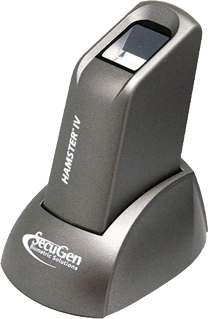
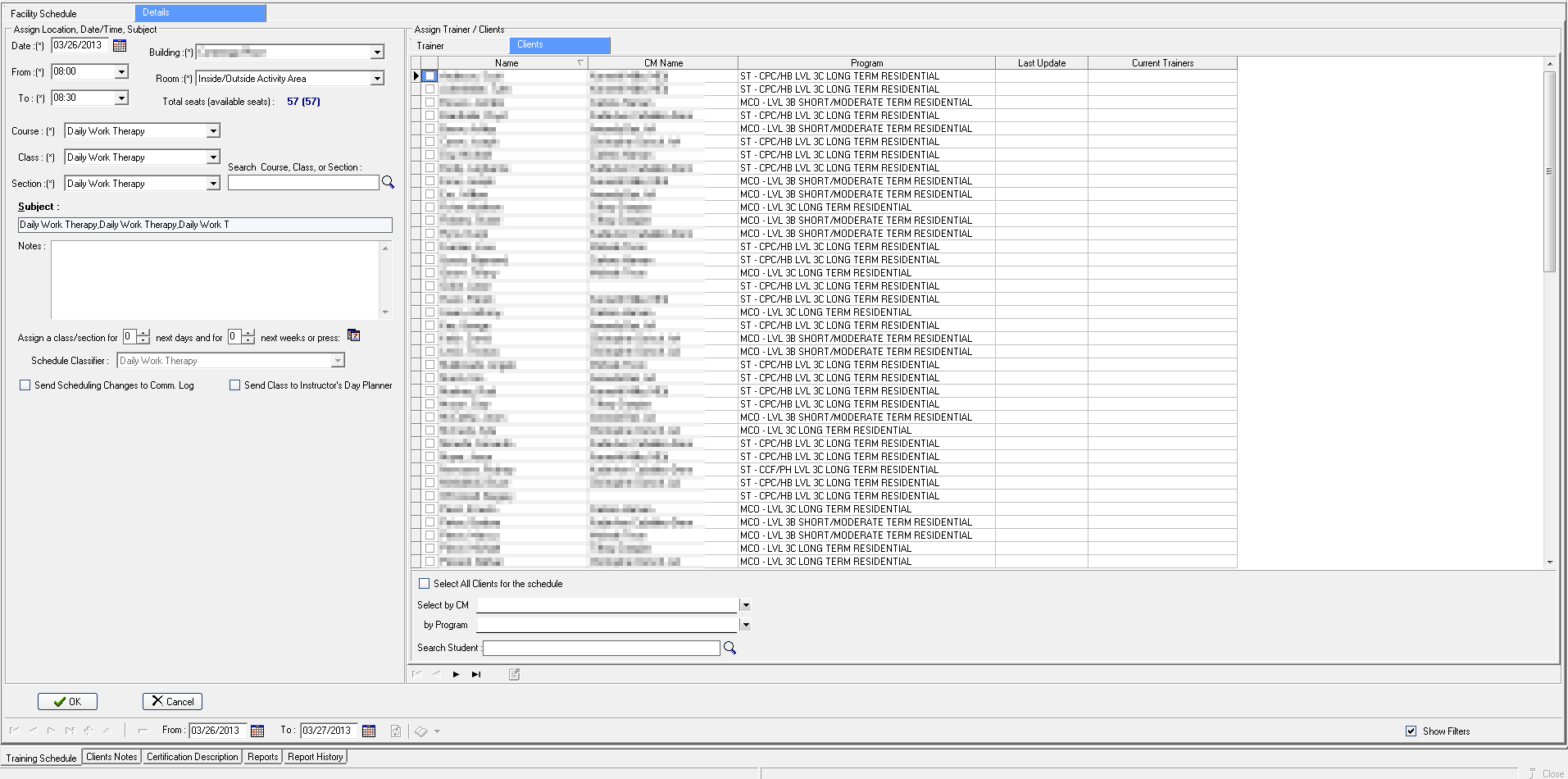

First, we began with user shadowing and interviews Firetree users at 15 different user personas at 5 different facilities. During this process, UX Team observed and asked lots of questions as users went about completing their required tasks in and outside the legacy EM application. Once we analyzed our findings, we created a new sitemap.
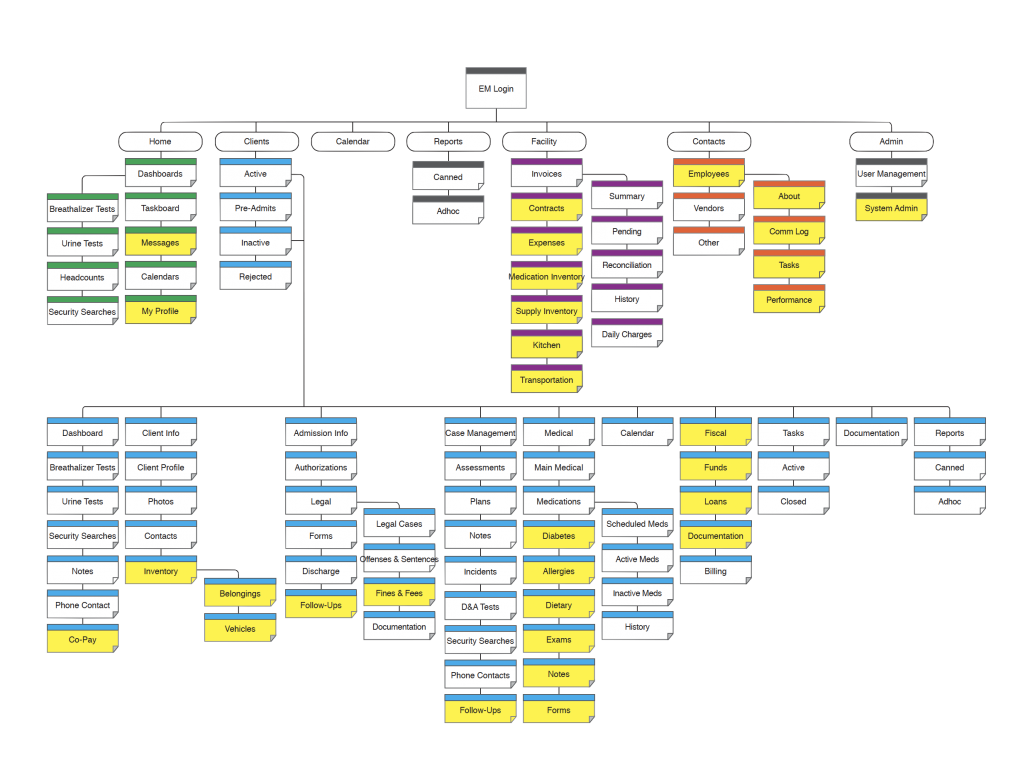
We converted the mockups into a code-based HTML-CSS web app and then to cold fusion.

Firetree, LTD’s Enterprise Manager (EM) application underwent a transformative redesign led by the UX Team, addressing longstanding functionality limitations.
Through extensive user shadowing, interviews, and collaborative work sessions, the team gained valuable insights to code a fully functional web-based application.
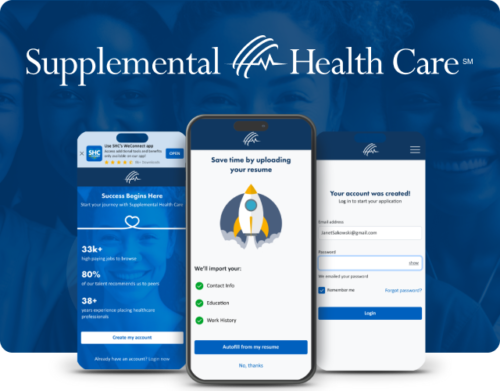
Streamlining the job application process for healthcare workers
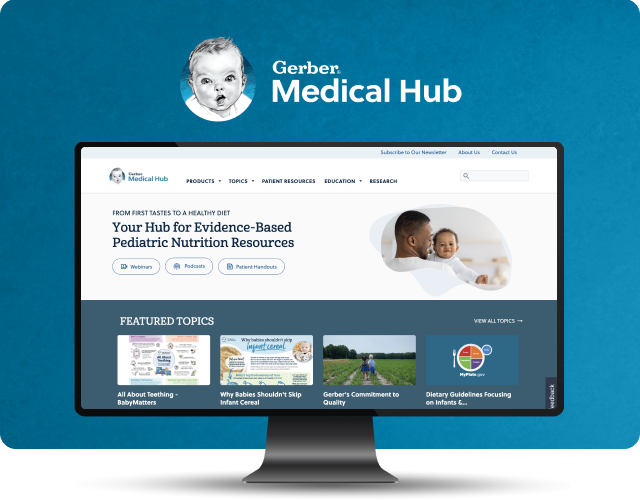
A valuable online resource that provides evidence-based pediatric nutritional information for healthcare Read More

Mobile-optimized E-commerce Website.
| Cookie | Duration | Description |
|---|---|---|
| cookielawinfo-checkbox-analytics | 11 months | This cookie is set by GDPR Cookie Consent plugin. The cookie is used to store the user consent for the cookies in the category "Analytics". |
| cookielawinfo-checkbox-functional | 11 months | The cookie is set by GDPR cookie consent to record the user consent for the cookies in the category "Functional". |
| cookielawinfo-checkbox-necessary | 11 months | This cookie is set by GDPR Cookie Consent plugin. The cookies is used to store the user consent for the cookies in the category "Necessary". |
| cookielawinfo-checkbox-others | 11 months | This cookie is set by GDPR Cookie Consent plugin. The cookie is used to store the user consent for the cookies in the category "Other. |
| cookielawinfo-checkbox-performance | 11 months | This cookie is set by GDPR Cookie Consent plugin. The cookie is used to store the user consent for the cookies in the category "Performance". |
| viewed_cookie_policy | 11 months | The cookie is set by the GDPR Cookie Consent plugin and is used to store whether or not user has consented to the use of cookies. It does not store any personal data. |